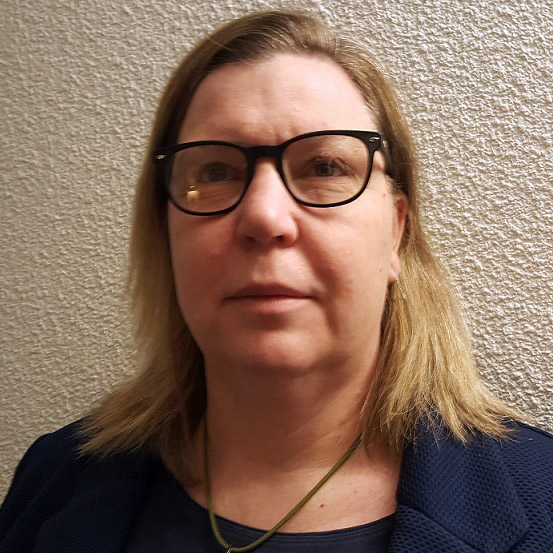

 Anne Delobbe
Anne Delobbe Co presenting with Adam V. Steele
Abstract:
A new class of ion sources featuring laser-cooled particles have recently been developed that offer enhanced performance and new capabilities for focused ion beam instruments. The first generation of systems using this technology are currently poised for commercial deployment. In this short course we will first compare and contrast the mechanisms of action for these ion sources with the more traditional GFIS, LMIS, and ICP sources. This new class of ion source employs laser-cooling to bring gaseous atoms to very low (micro-Kelvin) temperatures; we will review the physics, history, and limitations of laser-cooling techniques. Subsequently we will show how the application of laser-cooling enables the creation of ion beams of high brightness, low-energy spread, or those that possess other exotic properties. The present and projected performance of prototype systems employing cold-atoms will be reviewed, and followed by a discussions of the anticipated applications where this technology will yield immediate benefits; these include nanomachining, semiconductor circuit edit and failure analysis, lithium battery research, and secondary ion mass spectrometry (SIMS).
Bio:
After a Ph-D on X ray absorption and circular dichroïsm spectroscopies (Paris XI), and a year as a teacher (PARIS VI) combined with research on structure and magnetic properties of clusters (Co or Ni in AlN), Anne Delobbe has entered Orsay Physics, French company specialised in FIB (Focused Ion Beam) technology in 2000. In this company, she was first manager of the final tests (production department) also in charge of installation of new systems and technical contact with customers. Then she was in charge of application and software teams (R&D department). She is currently head of R&D department in Orsay Physics and Chief Technical officer (CTO) in Tescan Orsay holding.
She is the author and co-author of more than 20 articles in international reviews.